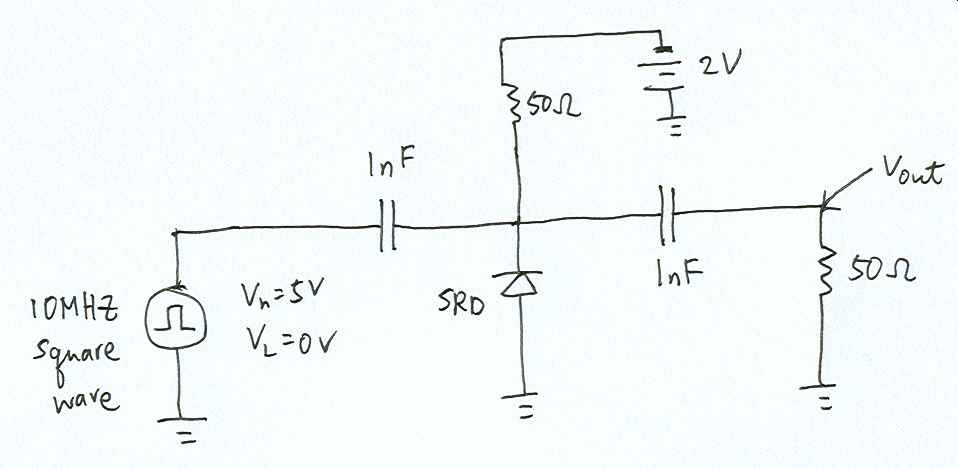ttse7
Junior Member level 2
srd pulse generator
Hi all,
This is ttse7 again. Sorry I keep asking the same type of question here. I plan to make a short pulse with 0.5ns pulse width. I follow the HP application note 918 and build with lump elements, the SRD is from M-pulse, MP4023. The final result is that the pulse width is only 40ns. I upload the schematics here. Any expert here can help.

Thanks for your big hand.
Hi all,
This is ttse7 again. Sorry I keep asking the same type of question here. I plan to make a short pulse with 0.5ns pulse width. I follow the HP application note 918 and build with lump elements, the SRD is from M-pulse, MP4023. The final result is that the pulse width is only 40ns. I upload the schematics here. Any expert here can help.

Thanks for your big hand.